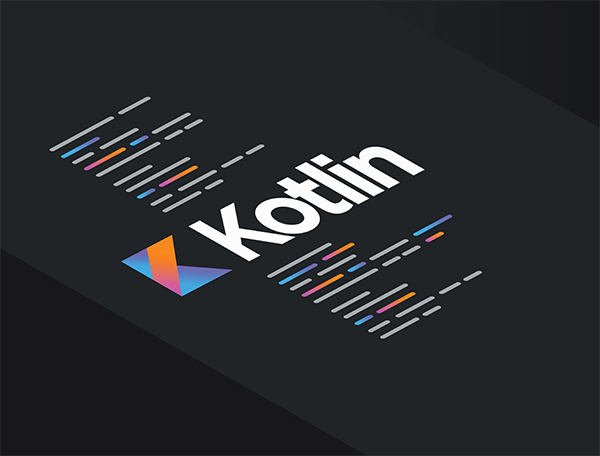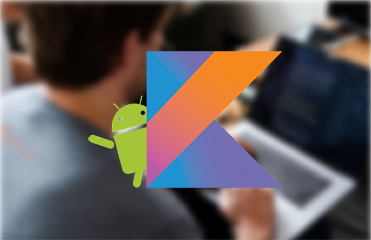
Improving Pain Points
Kotlin is a modern language that was created to improve some of the pain points that developers have encountered over the many years of using Java and other similar languages. It was first released in July 2011 and has been improved upon many times since as it gathers steam in the Android community.
And while it is a relatively new language, the good news is that Kotlin is interoperable with Java, meaning that developers can continue to use the Java Libraries they already know how to use. Legacy code written in Java can easily be migrated to Kotlin, making it easier to gradually transition current apps to the new language.
Making lives easier
Your developers are excited about Kotlin because it makes their lives easier. Something that used to require hundreds of lines of code may now require just a few lines in Kotlin. It essentially allows developers to do all the same things that they are currently doing in Java, but with less code. And less code means fewer bugs and less time required to manage and update the app in the long run.
Kotlin also reduces bugs in code because it enforces constraints that let developers sidestep errors often seen in older languages, providing them with the ability to discover issues within the code as it is written. This empowers developers to find and fix issues before they affect users, ultimately leading to a better user experience, higher Play Store reviews and more downloads.

eBook: What Kotlin Means for your Android App

eBook: API-First Design
API-First Design is an approach to building web services that are high in quality and avoid the common hidden costs of web services. Check out our e-book to learn how to better approach your build to get more consistent and better quality builds. Read More
